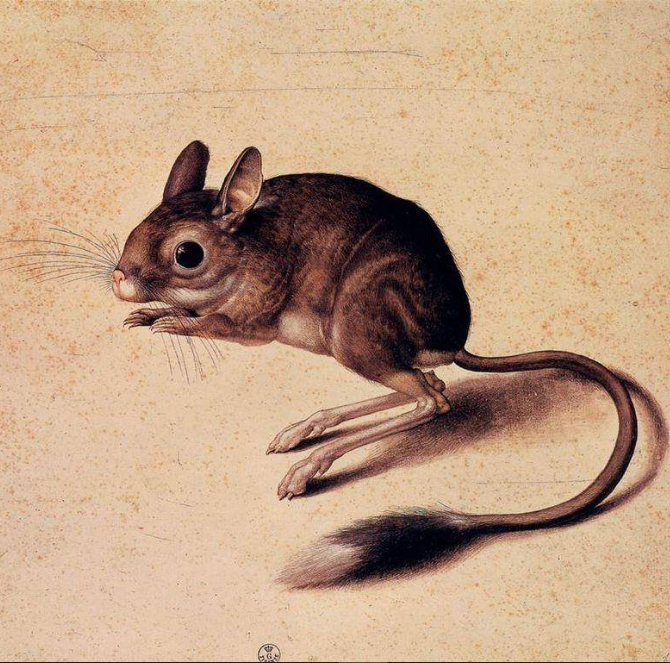Since the start of the 20th Century, the world’s population of wild tigers has dropped by 97%; from an estimated 100,000 to approximately 3,000 individuals. The world’s remaining tigers are being pushed into small spaces, and being able to share that space with humans is a critical survival skill.
At the foot of the Himalayas, Chitwan is one of the few remaining undisturbed vestiges of the Terai region, which formerly extended over the foothills of India and Nepal. It has a particularly rich flora and fauna. One of the last populations of single-horned Asiatic rhinoceros lives in the park, which is also one of the last refuges of the Bengal tiger.
The big cats generally move around at all times of the day and night, to monitor territory, mate and hunt. Neil Carter, from Michigan State University, spent two seasons setting motion-detecting camera traps for tigers and people who walk the roads and trails of Chitwan, both in and around the park. His analysis of the thousands of images show that people and tigers are walking the same paths, albeit at different times of the day.
The cameras documented a pronounced transition towards nocturnal activity in the tigers. “Tigers need to use the same space as people if they are to have a viable long-term future. What we’re learning in Chitwan is that tigers seem to be adapting to make it work.”
In order to avoid their human neighbours–tigers in Nepal seem to be taking the night shift.
http://www.bbc.co.uk/news/science-environment-19464751
Illegal trade in tiger parts has led to more than 1,000 wild tigers being killed over the past decade.
Conservationists also point to China’s “tiger farms” as a threat to the wild animals because, they say, it perpetuates a market into which wild tiger parts can be sold, often commanding a higher value as products made from wild animals are perceived to be more “potent”.
Although China does not officially permit the sale of goods from these farms, in practice–several investigations have revealed–tiger parts are being sold.
Data shows that the trade continues “unabated despite considerable and repeated efforts to curtail it on the part of tiger range and consumer countries, intergovernmental organisations and NGOs”.
“To save tigers in the wild, concerted action is needed to reduce the demand for tiger parts altogether in key countries in Asia.”
Enforcement efforts to date, “display a lack of political will among those responsible at national and international levels”.
















































